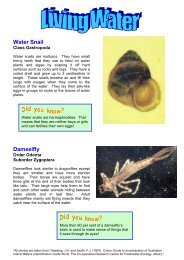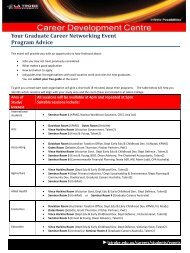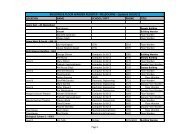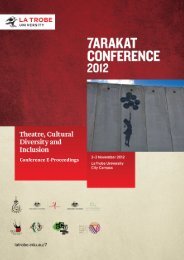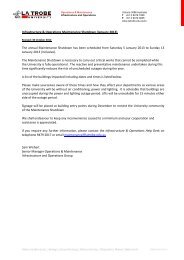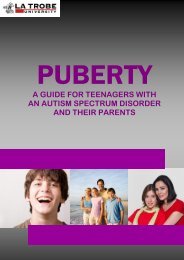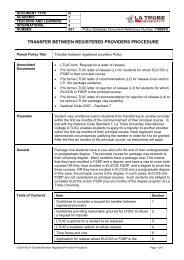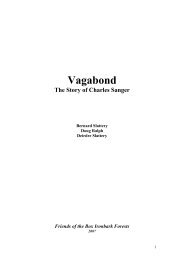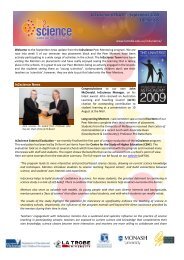Project Report - La Trobe University
Project Report - La Trobe University
Project Report - La Trobe University
You also want an ePaper? Increase the reach of your titles
YUMPU automatically turns print PDFs into web optimized ePapers that Google loves.
Creating the Ichananaw<br />
Children’s Storybooks<br />
An example of the process involved in making one of the<br />
indigenized educational materials<br />
Chumanay (Elisa) Dawing (center) retells the tale of Majagwon and<br />
Fasnî. Her daughter-in-law Agom (Arlene) Dawing (far right)<br />
translates the story orally from Chinananaw to English. Maria<br />
(second from left) documents Agom’s English translation.<br />
Chumanay’s granddaughter Monique (Marriel Lyn) Dawing (left)<br />
and husband Maglim (Jose) Dawing (near right) listen to her story.<br />
For each story, the Ichananaw<br />
storyteller told the story orally in<br />
either English or Chinananaw (the<br />
Ichananaw’s indigenous<br />
language), usually over a cup of<br />
coffee in their home, on the porch,<br />
or in the front yard. All<br />
storytelling took place in informal<br />
settings, and was usually either<br />
voluntarily offered by the<br />
storyteller or followed our or a<br />
fellow Ichananaw’s request for a<br />
particular story. Some stories<br />
were told by young children who<br />
had heard them from their<br />
parents or grandparents, but most<br />
were told by adults.<br />
If told in Chinananaw, an<br />
Ichananaw friend, relative or<br />
companion translated the story<br />
orally paragraph by paragraph as<br />
it was told. Maria noted down by<br />
hand the oral English version of<br />
the story as it was told, and<br />
sometimes we used a digital voice<br />
recorder (to be used for reference<br />
purposes only).


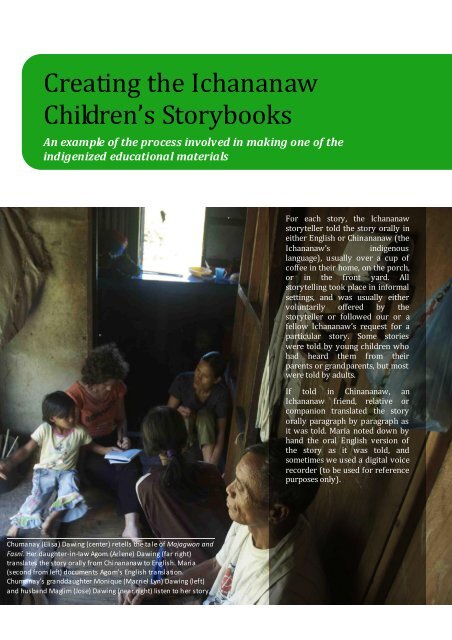
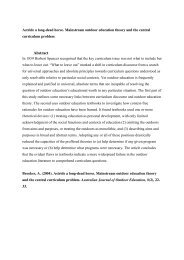
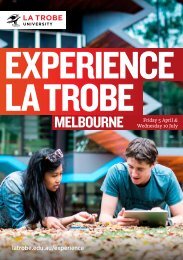
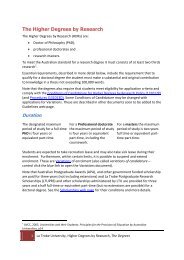
![Ottoman Empire course brochure [PDF 612KB] - La Trobe University](https://img.yumpu.com/12001562/1/184x260/ottoman-empire-course-brochure-pdf-612kb-la-trobe-university.jpg?quality=85)
![Getting Ready to Talk Manual [PDF 315KB] - La Trobe University](https://img.yumpu.com/11430807/1/190x245/getting-ready-to-talk-manual-pdf-315kb-la-trobe-university.jpg?quality=85)
